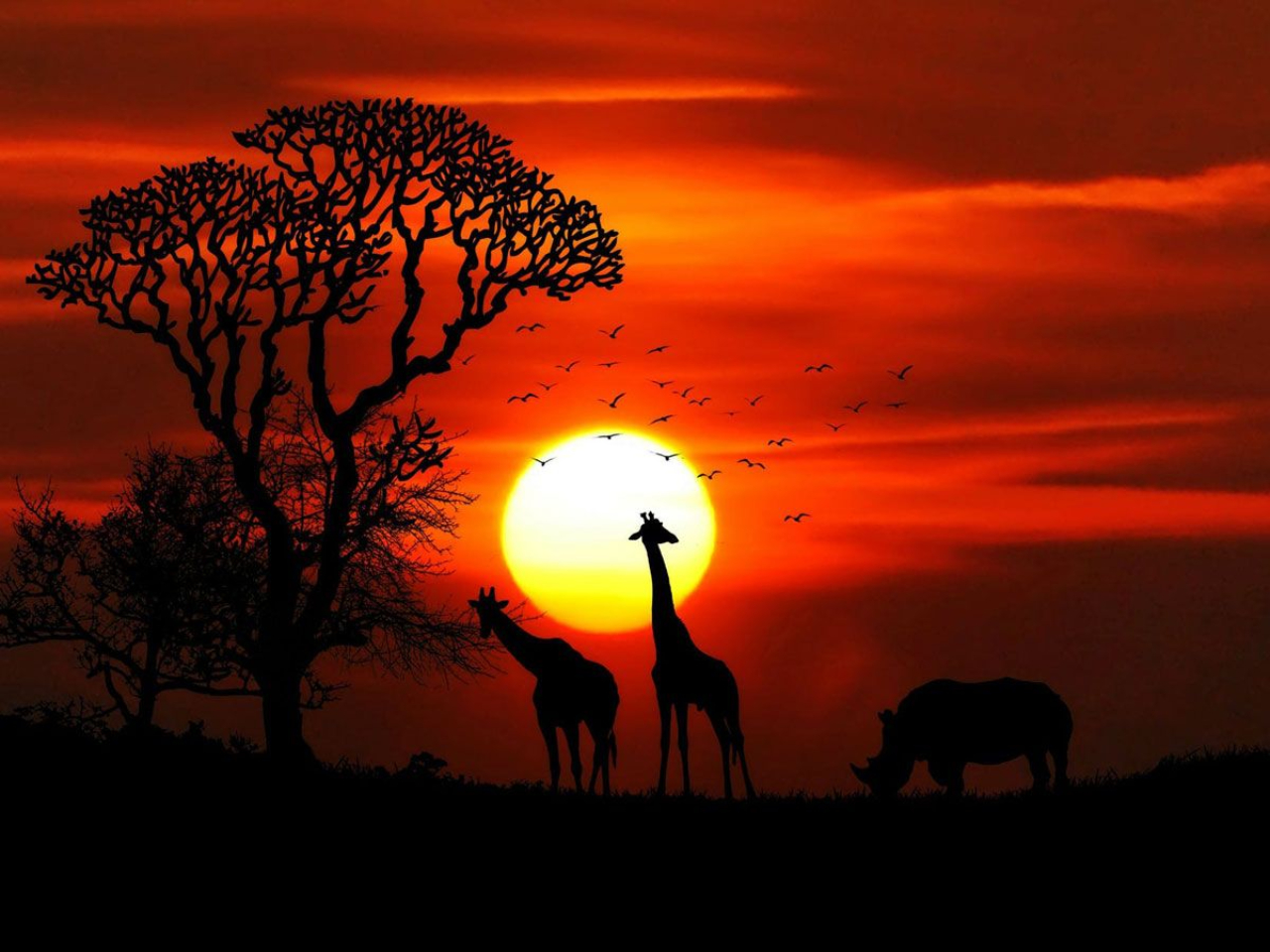India is a country renowned for its rich biodiversity, housing a vast array of plant and animal species. Unfortunately, several of these magnificent creatures are facing the threat of extinction. Endangered animals are those species that are at a high risk of becoming extinct in the near future if appropriate conservation measures are not taken. In this article, we will explore some of the endangered animals in India, understand the causes behind their endangerment, and delve into the conservation efforts being made to protect them.
Introduction
India’s diverse ecosystems support a wide range of endangered animals, each playing a vital role in maintaining the delicate balance of nature. These animals are not only valuable in terms of their ecological significance but also hold cultural and economic importance for the country.
Definition of Endangered Species
Endangered species are classified as those facing a high risk of extinction due to factors such as a decline in population size, loss of habitat, or other environmental changes. Such species require immediate attention and conservation measures to prevent their complete disappearance from the planet.
Importance of Preserving Endangered Animals
Preserving endangered animals is crucial for maintaining the ecological balance and biodiversity of India. These animals play key roles in various ecosystems, including pollination, seed dispersal, and controlling pest populations. Additionally, they contribute to the cultural heritage and tourism industry of the country, attracting visitors from around the world.
Major Endangered Animals in India
India is home to numerous endangered animals, and here are some notable examples:
Bengal Tiger
The majestic Bengal Tiger is one of India’s most iconic and endangered species. With its distinctive orange coat and black stripes, this big cat symbolizes the power and beauty of the country’s wildlife.
Indian Elephant
The Indian Elephant is not only a national heritage animal but also an endangered species. These gentle giants are vital to maintaining forest ecosystems and have cultural significance in religious ceremonies and festivals.
Indian Rhinoceros
The Indian Rhinoceros, also known as the Greater One-Horned Rhinoceros, is found in the northeastern region of India. Poaching and habitat loss have pushed this magnificent creature to the brink of extinction.
Asiatic Lion
The Gir Forest in Gujarat is the last refuge of the Asiatic Lion. This subspecies is critically endangered, and conservation efforts have been successful in increasing its population in recent years.
Snow$ Leopard
The snow-capped mountains of the Himalayas are home to the elusive Snow Leopard. Its distinctive spotted fur helps it blend seamlessly with the rocky terrain, but this species faces numerous threats due to habitat loss and poaching.
Great Indian Bustard
The Great Indian Bustard is a critically endangered bird species known for its majestic appearance and unique mating rituals. Loss of grassland habitat and hunting have led to a drastic decline in its population.
Gharial
The Gharial is a critically endangered crocodilian species found in the rivers of northern India. Their long, narrow snouts and fish-eating habits make them a unique and important part of India’s aquatic ecosystems.
Olive Ridley Sea Turtle
The Olive Ridley Sea Turtle is known for its synchronized mass nesting events called arribadas. However, habitat destruction, pollution, and accidental capture in fishing nets threaten their survival.
Red Panda
The Red Panda, resembling a cross between a raccoon and a bear, is native to the eastern Himalayas. Habitat loss and illegal wildlife trade pose significant threats to this charming and endangered species.
Indian Pangolin
The Indian Pangolin is a scaly mammal highly valued for its scales in traditional medicine. Rampant poaching and habitat destruction have resulted in a sharp decline in its population.
Lion-tailed Macaque
The Lion-tailed Macaque is an endangered primate species found in the Western Ghats of India. Its distinctive silver mane and dwindling habitat make it a conservation priority.
Malabar Civet
The Malabar Civet is a rare and elusive mammal found in the Western Ghats. Habitat loss and hunting have rendered this species critically endangered, with only a few individuals remaining in the wild.
Hangul Deer
The Hangul Deer, or Kashmir Stag, is a critically endangered species endemic to the Kashmir Valley. Habitat destruction, poaching, and competition for resources pose significant challenges to its survival.
Nilgiri Tahr
The Nilgiri Tahr is an endangered mountain ungulate endemic to the Western Ghats. Its unique appearance and restricted habitat make it vulnerable to habitat loss and human disturbances.
Jerdon’s Courser
Jerdon’s Courser is a small nocturnal bird species found in the scrub forests of Andhra Pradesh. With an estimated population of fewer than 50 individuals, this bird is critically endangered.
Causes of Endangerment
Several factors contribute to the endangerment of animal species in India:
Habitat Loss and Fragmentation
Rapid urbanization, deforestation, and the conversion of natural habitats into agricultural lands have significantly reduced the available habitat for many species. As their habitats shrink and become fragmented, animals face difficulties in finding food, mates, and suitable shelter.
Poaching and Illegal Wildlife Trade
Poaching for body parts, skins, and trophies remains a major threat to endangered animals in India. The illegal wildlife trade not only drives species to the brink of extinction but also fuels organized crime and threatens the stability of ecosystems.
Pollution and Climate Change
Environmental pollution, including water and air pollution, adversely affects animal populations and their habitats. Additionally, climate change disrupts ecosystems, alters seasonal patterns, and leads to habitat loss, making it harder for animals to adapt and survive.
Human-Wildlife Conflict
As human settlements expand into natural habitats, conflicts between humans and wildlife arise. These conflicts often result in retaliatory killings, further endangering vulnerable species.
Conservation Efforts in India
India has recognized the importance of conserving its endangered animals and has implemented various initiatives to protect them. These efforts include:
Wildlife Protection Laws and Regulations
India has enacted stringent laws and regulations to safeguard endangered species. The Wildlife Protection Act of 1972 provides legal protection to wildlife and establishes protected areas and national parks for their conservation.
Protected Areas and National Parks
India has designated numerous protected areas and national parks to preserve the natural habitats of endangered animals. These areas serve as havens for biodiversity and help in the recovery and breeding of threatened species.
Conservation Breeding and Reintroduction Programs
Conservation breeding programs aim to breed endangered animals in captivity and reintroduce them into the wild. These programs have been successful in restoring populations of species like the Indian Rhinoceros and the Asiatic Lion.
Awareness and Education Initiatives
Educating the public about the importance of endangered species and the need for conservation plays a crucial role in protecting these animals. Awareness campaigns, workshops, and educational programs raise public consciousness and promote responsible actions.
Collaborative Efforts with NGOs and International Organizations
India collaborates with non-governmental organizations (NGOs) and international organizations to enhance its conservation efforts. Partnerships facilitate research, funding, and the implementation of effective conservation strategies.
Success Stories of Species Recovery
Despite the challenges, there have been notable success stories in the conservation of endangered animals in India. The efforts to protect the Bengal Tiger, Indian Rhinoceros, and Asiatic Lion have led to population recoveries and increased conservation awareness. These achievements provide hope and inspiration for ongoing conservation efforts.
Conclusion
The endangered animals of India face numerous threats, including habitat loss, poaching, pollution, and human-wildlife conflict. However, through dedicated conservation efforts, there is still hope for their survival. It is crucial for individuals, communities, and governments to work together to protect these magnificent creatures and ensure a sustainable future for India’s biodiversity.








